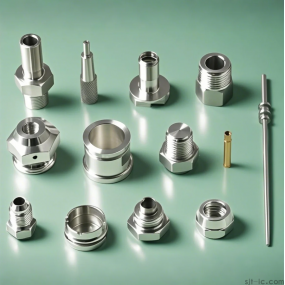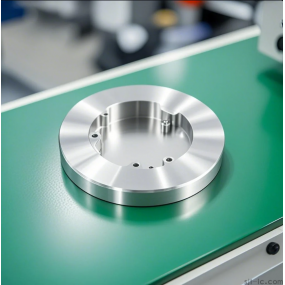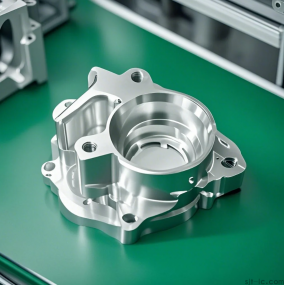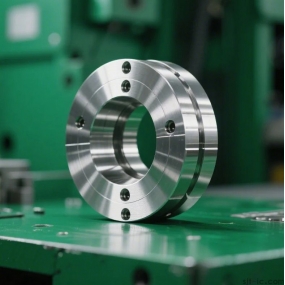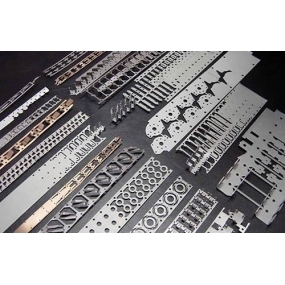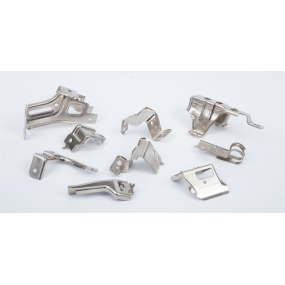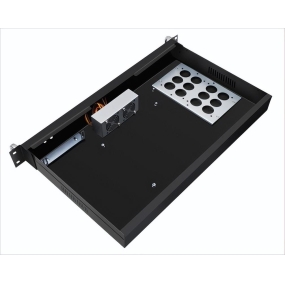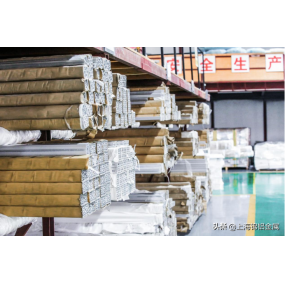The most commonly used materials in stamping processing are copper, pure copper, brass, and bronze.
In stamping, pure copper, H62 brass, and H68 brass have better stamping processability. Compared to H68 brass, H62 brass has stronger cold work hardening.
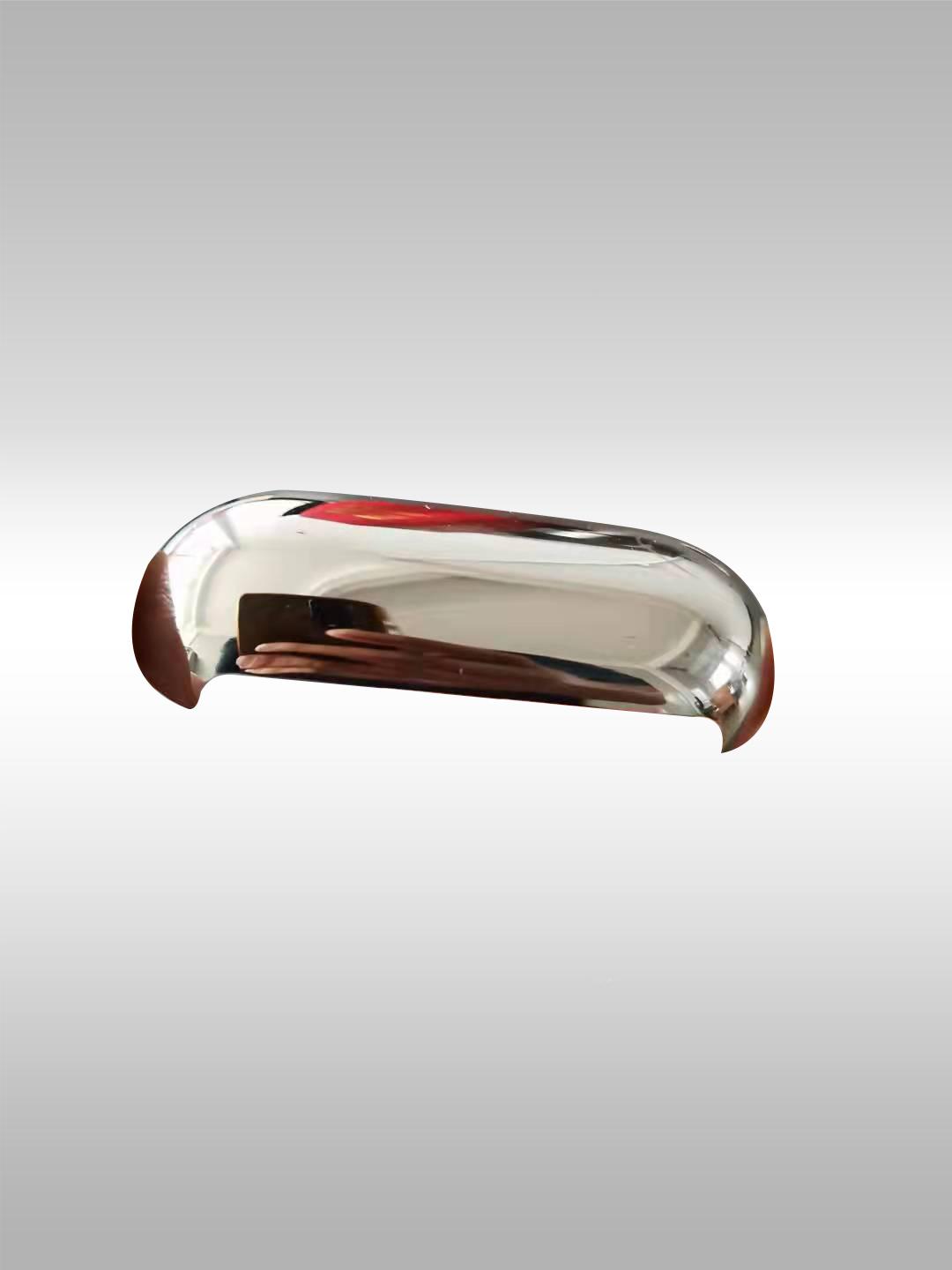
Bronze is used as a corrosion-resistant, spring-loaded, and wear-resistant component, and there are significant differences in performance between different grades. Generally speaking, the stamping process of bronze is inferior to that of brass. Bronze has stronger cold work hardening than brass and requires frequent intermediate annealing.
Most brass and bronze have good stamping processability in the hot state, but heating can bring many inconveniences to production. Copper and many copper alloys exhibit a significant decrease in plasticity at temperatures between 200 and 400 degrees Celsius compared to room temperature. Therefore, hot stamping is generally not used. If hot stamping is necessary, the actual hot pressing temperature on the mold (note that the billet may experience some degree of cooling during transportation) should be avoided from operating within the temperature range of 200 to 400 degrees Celsius.


 Spanish
Spanish Arabic
Arabic French
French Portuguese
Portuguese Belarusian
Belarusian Japanese
Japanese Russian
Russian Malay
Malay Icelandic
Icelandic Bulgarian
Bulgarian Azerbaijani
Azerbaijani Estonian
Estonian Irish
Irish Polish
Polish Persian
Persian Boolean
Boolean Danish
Danish German
German Filipino
Filipino Finnish
Finnish Korean
Korean Dutch
Dutch Galician
Galician Catalan
Catalan Czech
Czech Croatian
Croatian Latin
Latin Latvian
Latvian Romanian
Romanian Maltese
Maltese Macedonian
Macedonian Norwegian
Norwegian Swedish
Swedish Serbian
Serbian Slovak
Slovak Slovenian
Slovenian Swahili
Swahili Thai
Thai Turkish
Turkish Welsh
Welsh Urdu
Urdu Ukrainian
Ukrainian Greek
Greek Hungarian
Hungarian Italian
Italian Yiddish
Yiddish Indonesian
Indonesian Vietnamese
Vietnamese Haitian Creole
Haitian Creole Spanish Basque
Spanish Basque

